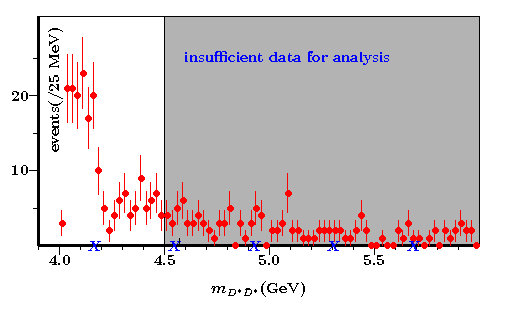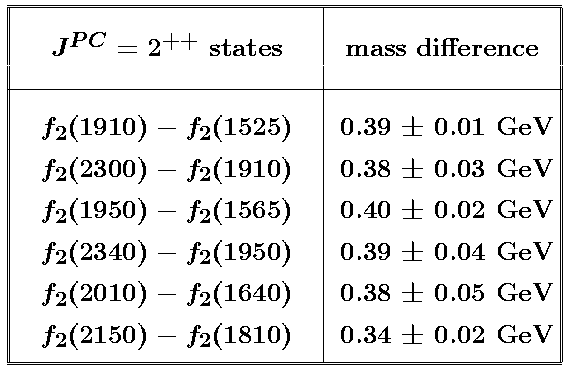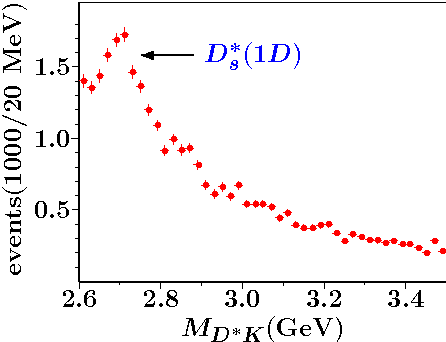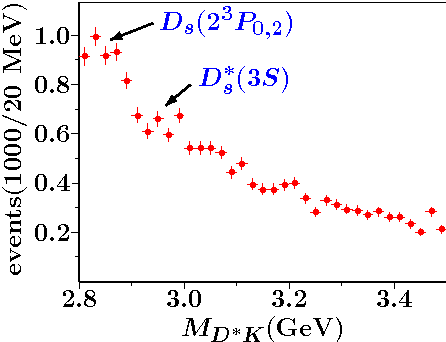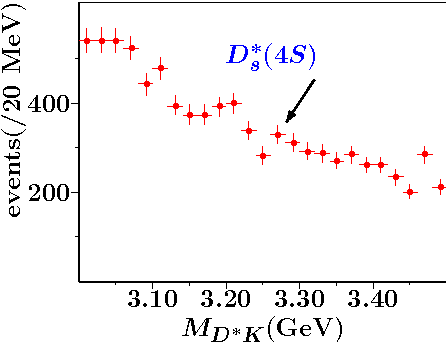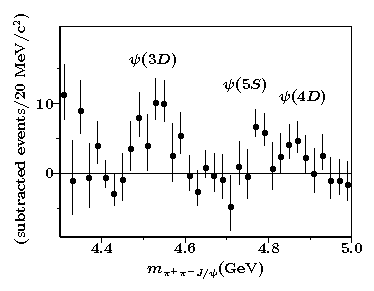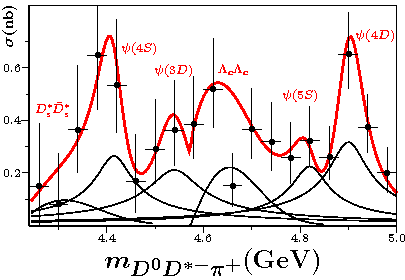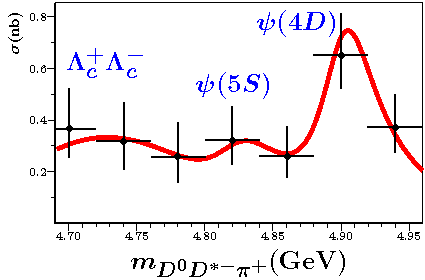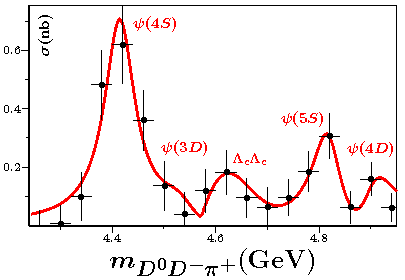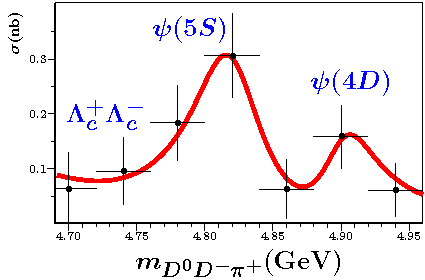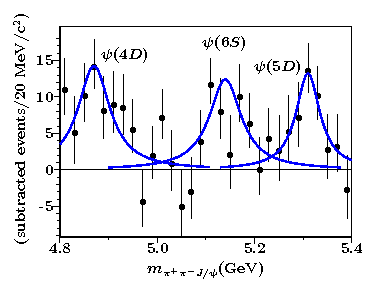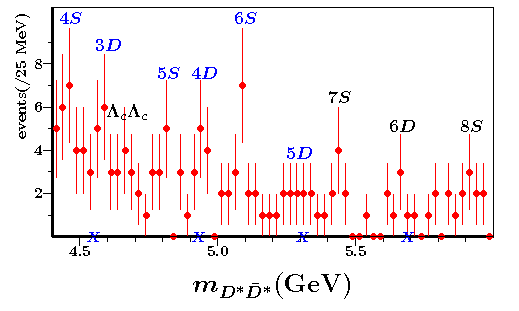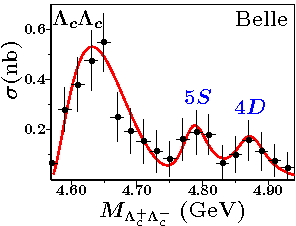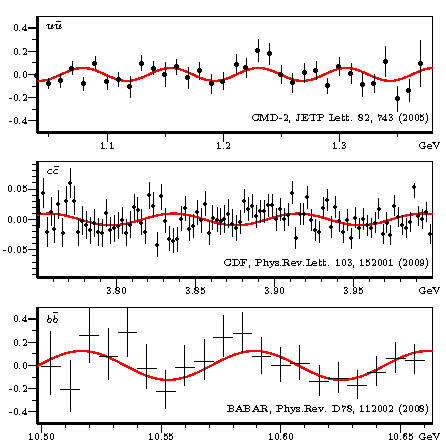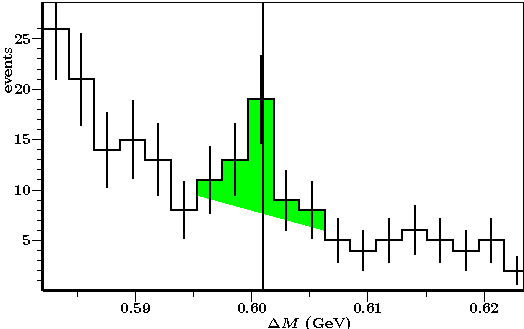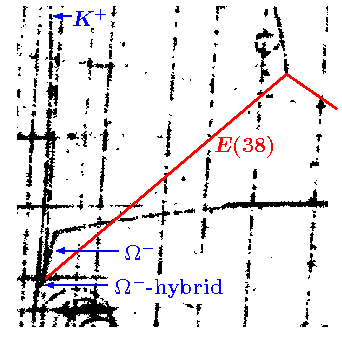Very recently, I found extremely clear evidence
in photon-photon (γγ) data,
more than 13σ (5σ is considered enough),
for the existence of a very light boson in existing data:

|
|
|
and, moreover, a few more indications of less statistical significance:
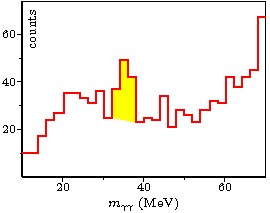
|
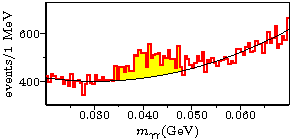
|
|
in pγ→pγγ by CB-ELSA (Jülich) |
|
Possible clean fuel, since it leave no residues,
for nuclear-energy batteries in space ships?
In the video I describe where we were in 2011.
Published experimental results
hint at the existence of very light scalar bosons,
the higgs bosons of strong interactions.


